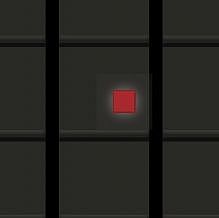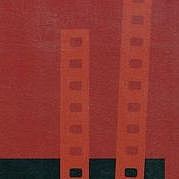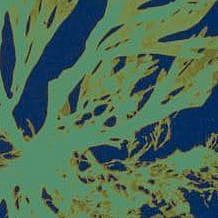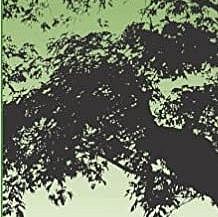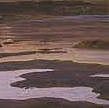BA Media Studies
The profile of Media Studies in Basel is unique in Switzerland: Media Studies is practiced here as a critical humanities and cultural studies and as an analysis of processes in the knowledge and information society. Media aesthetics, media history, and media and cultural theories are taught. Media are studied in their interrelationship with basic cultural techniques (from writing and arithmetic to share and like) and in their functions of storing, transmitting and processing data and information. In accordance with this research focus, the Bachelor's program is divided into eight modules that make up the courses:

